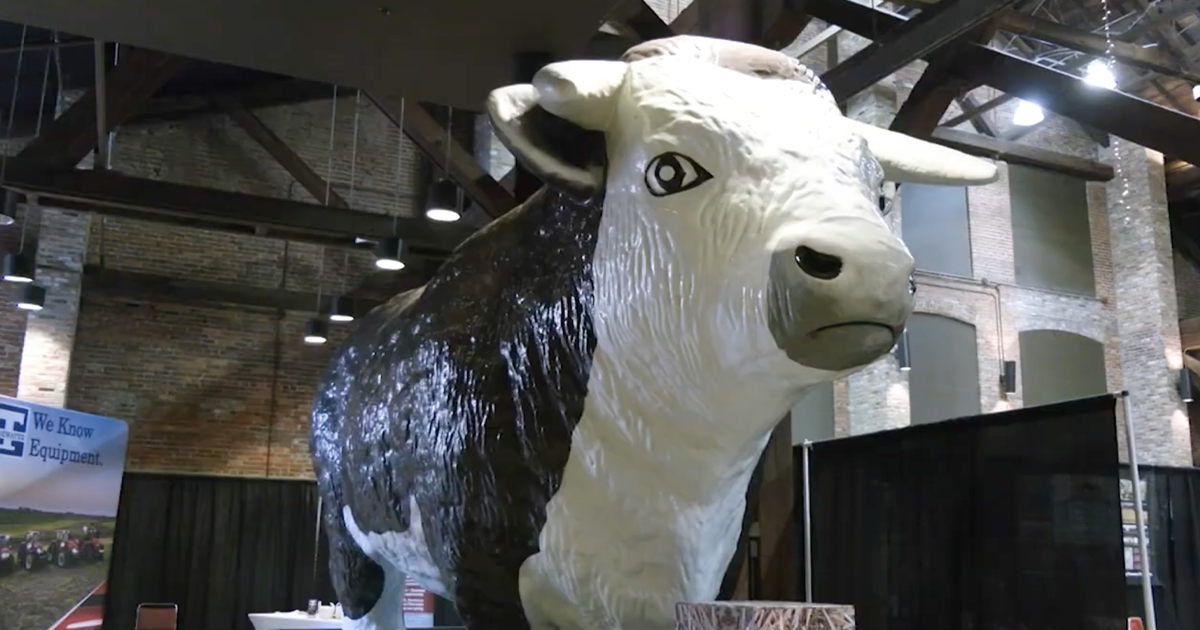Columbus, GA |
Despite popular belief, the steady increase of beef prices over the past couple of decades hasn’t necessarily mean more money in the pockets of producers. Between record high input costs and the portion that goes towards packers, profit margins remained slim. However, that is starting to turn, which provides new opportunities for cattlemen here in Georgia.
“The industry still remains strong for cow, calf producers like those here in Georgia where we’re excited about the higher prices that we’re starting to see. This is finally an opportunity for our industry to be able to help pay down the interest, keep the bankers happy, but also look at ways in which we can reinvest into our operations,” says Dale Sandlin, Executive VP of the Georgia Cattlemen’s Association.
The biggest reason for this shift in the market is a historically low inventory, which now makes beef a premium product.
“The biggest thing that we’re seeing now versus later is obviously a change in the herd size. We’ve got the lowest number since 1951 as far as the amount of cattle that are on feed right now. And so, having that as well as weather changes and concerns out west that’s caused a need for more calves to be coming up and that’s the one thing that Georgia does a really great job on is raising those calves and starting that up,” says Sandlin.
While cattlemen are optimistic about the future, they are still encouraged to look into price support programs from USDA like livestock risk protection in order to hedge against possible market volatility or supply chain disruption.
“When everything is rosy and the numbers look like they can’t possibly go any higher, you have folks make decisions and invest in things. And you want to make sure there’s some coverage that the kind of prices they thought they were going to get for those products. We’re not poultry. We’re not a supply chain that can produce something very quickly. Cattle take a while to raise to maturity and send it on through the supply chain. We want to make sure those producers that are making those investments have some tools at their disposal to say, ‘man, I really like the price now that I would get for those cattle. I’m going to lock in some of that,'” says Ethan Lane, VP of Government Affairs for NCBA.
And this could be a decision producers will have to face in the future as well, with the herd size expected to remain low in the foreseeable future.
“As far as people jumping into the cattle industry now, because of the higher prices, we’re not seeing quite the same gusto that we saw in 2014-2015 where the herd rebuilt back much faster and we saw those prices come down sharper. We’re expecting a more drawn-out approach this time. That’s something that will provide some long-term stability for our industry,” says Sandlin.
Another way producers can ensure long-term stability is joining organizations like the Georgia Cattlemen’s Association no matter the size of their operation.
“USDA says cattle producers in the state of Georgia, a lot of those producers cattle are not their only agricultural pursuit. They may be a row crop farmer. They may may have other livestock, but at the same time, cattle producers need to stand together. This is one of the things that we have seen and the ability for us to have members, those numbers matter,” says Sandlin.
By: Damon Jones

